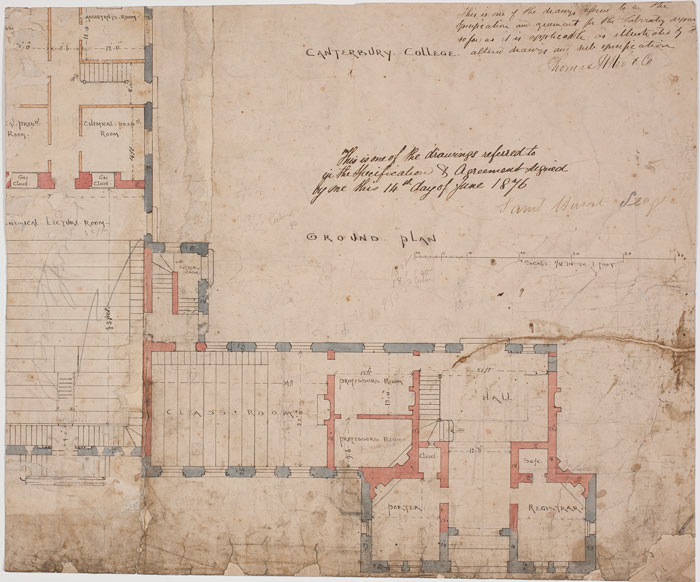If you have ever visited the Library to view archives or artworks, you may know that we have handling guidelines for staff and researchers. These guidelines help anyone using archives to understand how best to hold them and move them, so that they don’t get damaged in the process. Some drawings and archives are so fragile, they cannot be moved at all. In such cases, having alternative means of making them accessible is very important. Digitisation is an excellent way for the Library to make collections accessible without risking damage to the original archive. Having digital versions of archives also means it is possible to create catalogues and online exhibitions, or share digital images on web sites.
Digitization can be a complex and costly process, so before the Library carries out any digitization, it has to consider a number of issues, such as: Is the condition of the collection such that the items can be handled safely? Can the risk of damage to the collection be minimized? How we will store and protect the digital images created? What information will be recorded about each item as it is digitized?
This particular project has involved months of work by trained professionals, who have created new metadata for each architectural drawing digitized, created and processed high resolution digital images for archiving, uploaded cataloguing information to our collection database, and made some digitals accessible for the online exhibition via low resolution jpeg copies.
If you would like to find out more about the care of collections, or ways that you could protect your family history collections at home, you might like to visit the following sites:
National Library of NZ - Caring for Your Collections
Library of Congress - Family Collections
Te Papa Tongarewa - Conservation Guidelines

